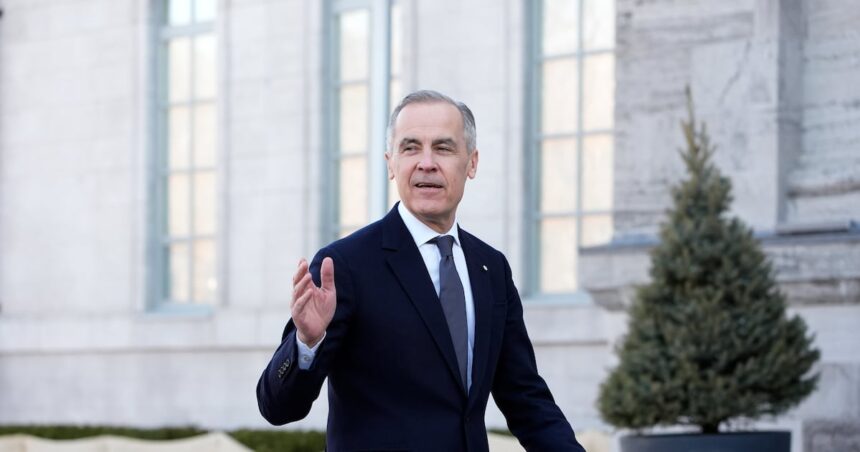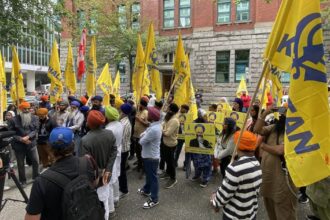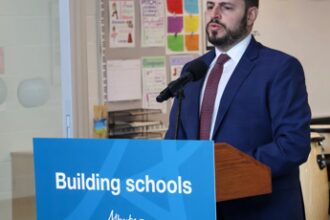In a bold demonstration of his administration’s fresh approach to governance, Prime Minister Michael Carney revealed his cabinet lineup today, featuring an unprecedented 57% of ministers who are entirely new to cabinet positions. The announcement, made during a sun-drenched ceremony at Rideau Hall, signals what many political observers are calling a deliberate strategy to distance the new government from its predecessor while maintaining key experienced players in critical roles.
“This cabinet represents Canada in all its diversity and potential,” Carney declared as he introduced the 38-member team that will steer the nation’s agenda. “We’ve assembled a group of talented Canadians from all walks of life, bringing both fresh perspectives and seasoned experience to address the challenges facing our country.”
The cabinet’s composition reflects careful political calculus, with representation spanning all provinces and territories while achieving perfect gender parity—19 women and 19 men. Notable among the appointments is Dr. Helena Rousseau, a respected climate scientist from Quebec, who takes the helm at Environment and Climate Change Canada, underscoring the administration’s commitment to environmental policy.
Veteran parliamentarian James Mitchell, retained as Finance Minister, provides continuity in Canada’s economic leadership. “The combination of new energy and established expertise creates a balanced approach to governance,” Mitchell told reporters. “This cabinet structure allows us to honor institutional knowledge while embracing innovative thinking.”
Political analyst Dr. Sarah Whitman from the University of Toronto points to the significant number of new faces as strategically important. “Carney is clearly setting a different tone from the previous administration. By bringing in so many fresh perspectives, he’s signaling real change while keeping experienced hands in key portfolios to maintain stability in economic and foreign affairs.”
The cabinet’s diversity extends beyond gender, with 14 ministers from visible minority backgrounds and three Indigenous ministers—the highest number in Canadian history. Among them is Thomas Cardinal, a respected Cree leader from Saskatchewan, who will head the newly expanded Indigenous Relations portfolio with an enhanced mandate and budget.
Opposition leaders have offered mixed reactions. Conservative Leader Jennifer Harris called the cabinet “long on symbolism but potentially short on substance,” while promising constructive engagement on economic issues. NDP Leader Marcus Wong cautiously welcomed the diverse representation but expressed concern about whether policy directions would match the progressive optics.
Regional considerations appear to have played a significant role in the appointments, with eight ministers from vote-rich Ontario, seven from Quebec, and proportional representation from Western provinces, Atlantic Canada, and the territories. This geographic balance addresses regional priorities while acknowledging electoral realities.
Business leaders have responded positively to the economic team. Toronto Stock Exchange trading showed modest gains following the announcement, with analysts noting that the retention of key economic portfolios by experienced ministers provided market confidence despite the overall cabinet renewal.
The new cabinet faces immediate challenges, including rising housing costs, persistent inflation, healthcare system strains, and climate policy implementation. Their first formal meeting is scheduled for tomorrow, with a parliamentary session to follow next week.
As this new government takes shape with its blend of fresh perspectives and established expertise, one question remains paramount: Will this carefully constructed cabinet deliver the meaningful change Canadians voted for, or will it struggle to translate its diverse composition into effective policy outcomes in a divided parliament?










